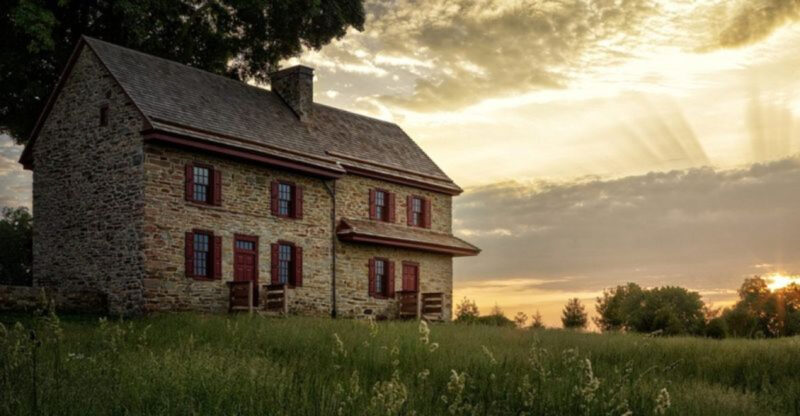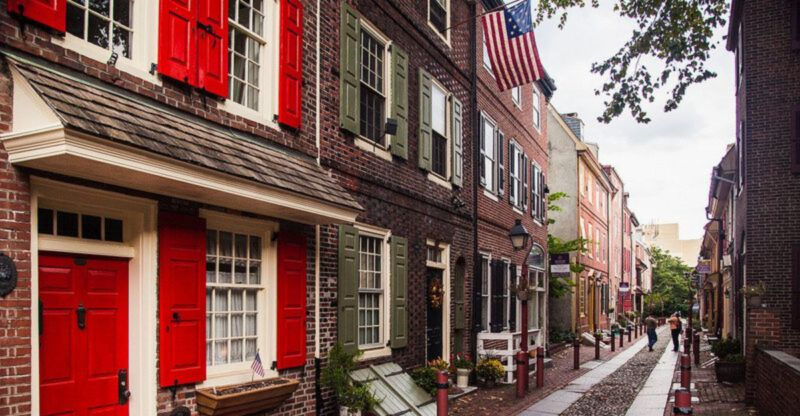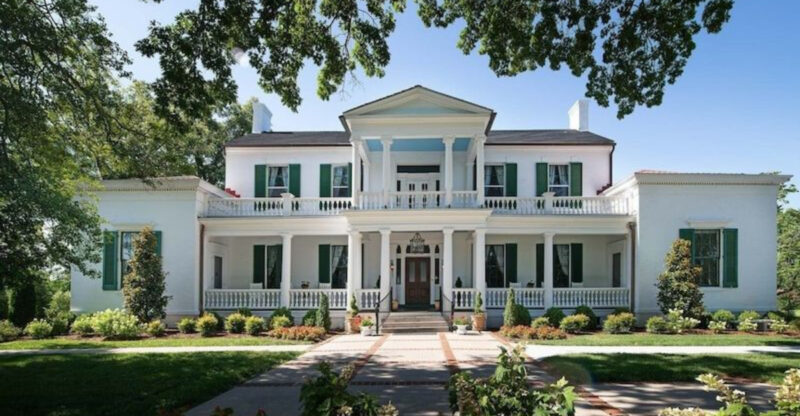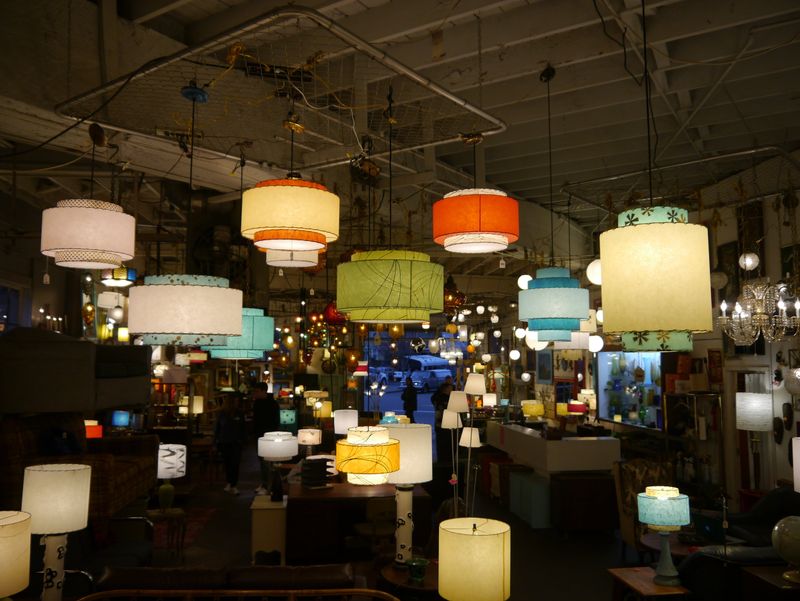Inside A 120-Year-Old Alabama Mansion Filled With Antiques
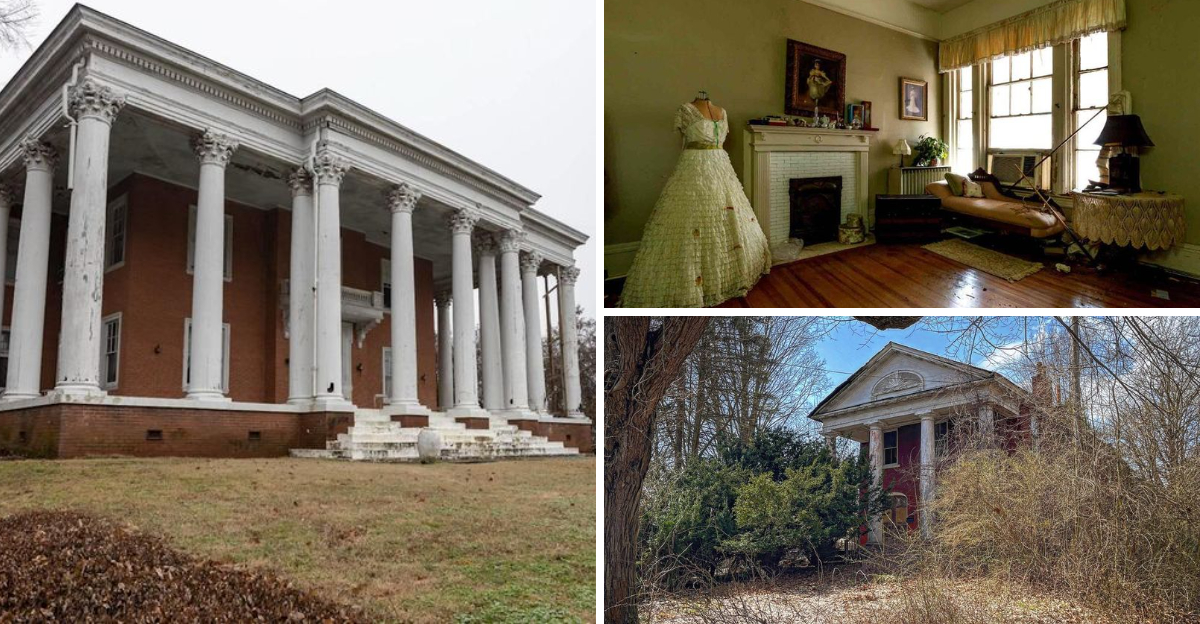
Tucked away in the Glen Iris neighborhood of Birmingham, Alabama, stood a mansion that was more than just bricks and mortar. It was a frozen piece of Southern history.
Built in 1902, this 120-year-old home was filled with ornate antiques, family memories, and just enough mystery to stir the imagination. Over the decades, it sheltered a prominent lawyer, an FBI agent, and generations of stories that clung to its fading wallpaper.
Though the mansion was ultimately lost to time and demolition, photos taken before its fall reveal a space bursting with character, charm, and traces of forgotten lives.
1. A Time Machine

Right in the historic Glen Iris neighborhood of Birmingham, Alabama, there once stood an imposing mansion over 120 years old. Built in 1902, it sat proudly with its Greek Revival styling, including a two‑story wraparound porch and fourteen Corinthian columns.
It felt like a portal to another era, a crumbling but dignified monument to early 20th‑century elegance. This beauty was home to two significant figures: a leading local lawyer and an FBI agent.
The house appeared almost frozen in time before its sad demise. Every corner whispered stories from a forgotten past. It was a true architectural landmark, until it wasn’t.
2. A grand Exterior
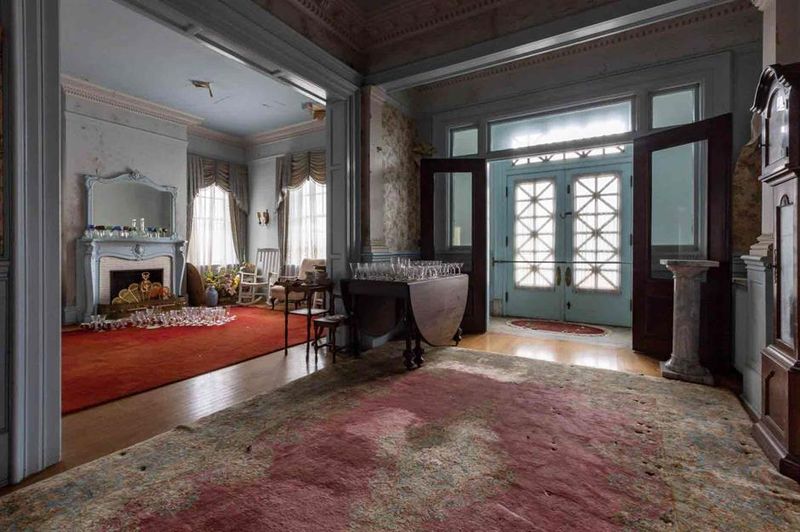
Even in decay, the mansion’s exterior was awe‑inspiring. The red brick facade boasted a projecting four‑column portico and that sweeping porch supported by Corinthian columns.
Despite peeling paint and exposed wood, the sense of grandeur remained intact. The influence of Thomas Walter III – whose grandfather helped shape the U.S.
Capitol dome – could be seen in every decorative flourish. Even in neglect, it drew attention and admiration. Visitors could almost imagine the parties and grand welcomes held there in its glory days.
3. Stepping Into History
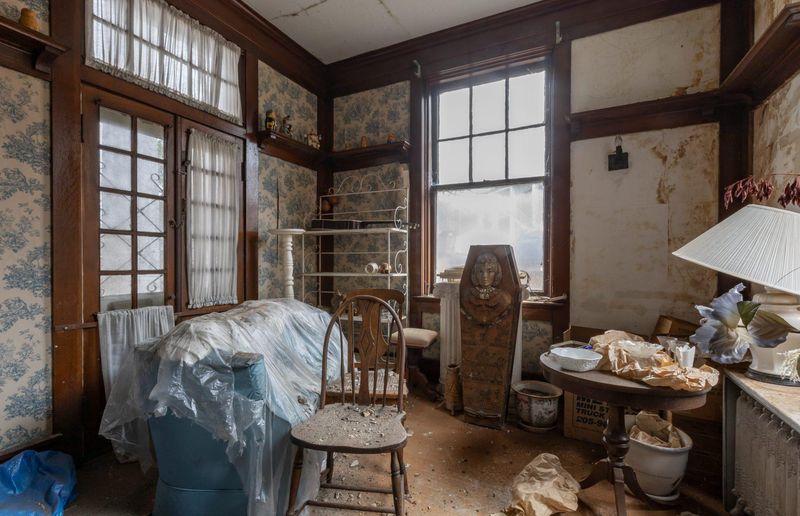
Walking through the entrance hall was like entering a perfectly preserved time capsule. The coffered ceilings, internal columns, and neoclassical doorways created a palatial atmosphere.
An antique grandfather clock stood at attention, its pendulum frozen in motion. Light filtered through elegant windows onto a room that might once have held grand gatherings.
Every surface seemed untouched by modernity. It was as though the house resisted the passage of time itself.
4. Surprising Antiques
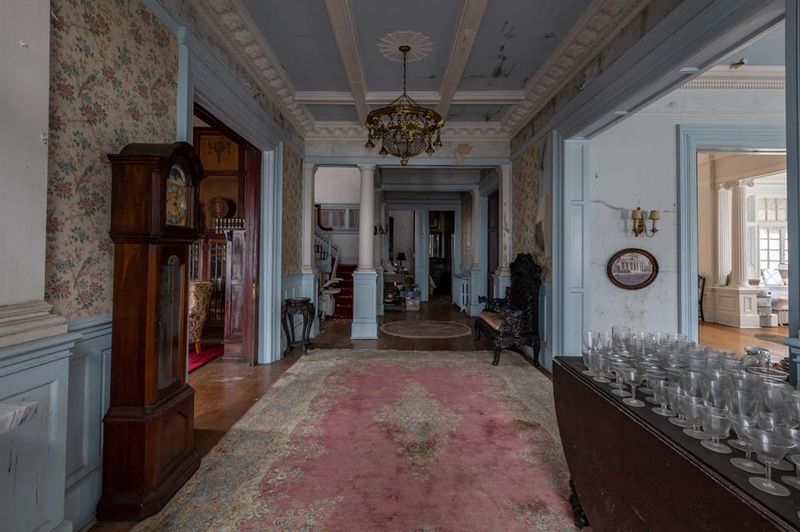
Inside, theatrical flourishes abounded. One room even housed what looked like an Egyptian sarcophagus prop – more stage set than museum piece.
A sleek loveseat carved with dragons offered a fascinating blend of East Asian influence and fading grandeur. Antique rugs and cornices graced the ceilings and floors.
No detail was too eclectic to be preserved. The house became a cabinet of curiosities, with each oddity hinting at a layered past.
5. A Family’s Triumphs And Tragedy

The original owner, Lee Carrington Bradley, was a distinguished Birmingham lawyer who built his career quickly after graduating in 1890. Appointed Jefferson County solicitor by age 25, he went on to serve under President Woodrow Wilson as counsel for the Alien Property Custodian.
Unfortunately, tragedy struck the family when his son Thomas choked at age 21. It prompted a tradition where his mother always set his place at the table until her own death in 1967.
Even after Bradley’s death in 1942, the mausoleum and home remained tied to the family’s grief and memory. The walls echoed ambition, love, and sorrow.
6. A New Lineage
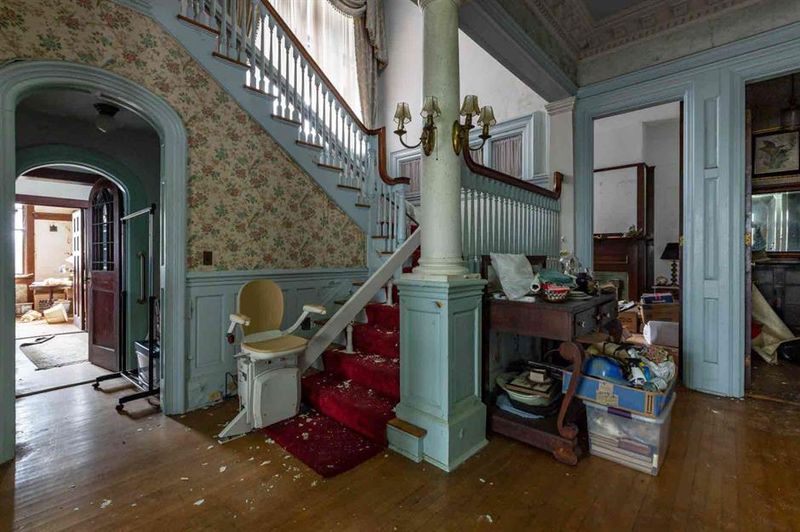
In the 1960s, FBI agent Ollie D. Smith and his wife Carolyn acquired the home – almost exactly as the Bradleys left it. Ollie, once the youngest agent in the D.C. office, later became a lawyer and eventually vice‑president of Alabama Power.
Carolyn taught high school before taking charge of the family’s real estate portfolio. Their four children grew up amid antiques, torn wallpaper, and lingering family heirlooms. Events continued at “Maison de Jubilee,” their name for the property during celebrations.
Yet over time, the house slipped further toward neglect.
7. Echoes Of Lives Long Departed
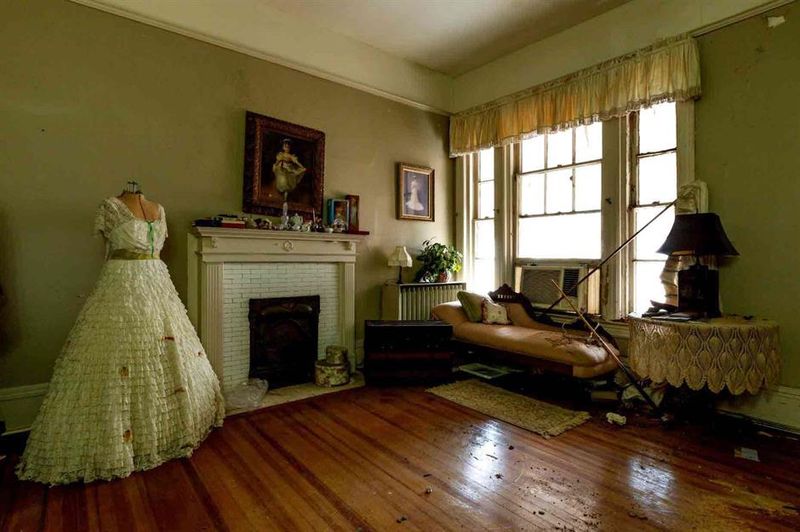
Most rooms retained personal effects that hinted at abrupt departures. Upstairs, a white multi‑tiered wedding dress stood still on a rack, next to a row of men’s suits as if awaiting their next moment.
A photograph of a bride lay on a mantlepiece and wallpapers curled with age. Books still sat in reading rooms, lamps glowed in dim corners, and a sewing bench remained battleground to cobwebs and dust.
Even toiletries lingered in an ensuite bathroom, as if the owner had stepped out for a moment and never returned. The place felt suspended – lives paused in mid‑frame.
8. Disrepair & Damp Dimmed The Former Splendor

Despite the elegance, the mansion was extensively damaged by damp and decay. Water stains marred walls and ceilings, crystal chandeliers hung riskily loose, and peeling paint was everywhere.
Carpets sagged, floors buckled, and cornices crumbled. What had once been a vibrant theatre of light and life had transformed into a quiet ruin.
It was heartbreaking to imagine the beauty beneath layers of neglect. Still, even in ruin, the house retained dignity.
9. A Melancholy End For A Historic Gem
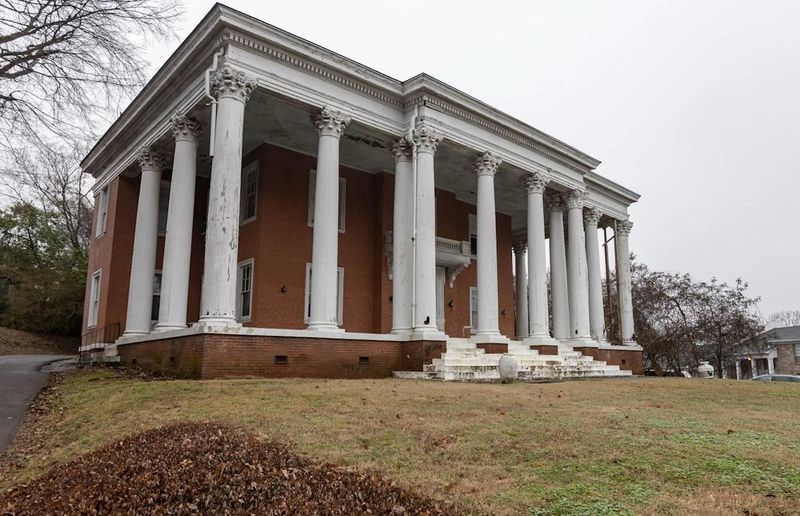
Local historians and the Birmingham Historical Society had hoped to see the mansion preserved. Glen Iris Park itself remains a neighborhood of city‑wide architectural importance – but many homes have already been replaced by apartments and townhouses.
Sadly, in September 2023, the mansion was demolished, wiping away over a century of stories and antiques. Its echoes live on only through the photographs and memories left behind.
What once stood as a stately time capsule now exists only in images. It’s a poignant reminder of what we lose when historic places vanish.


